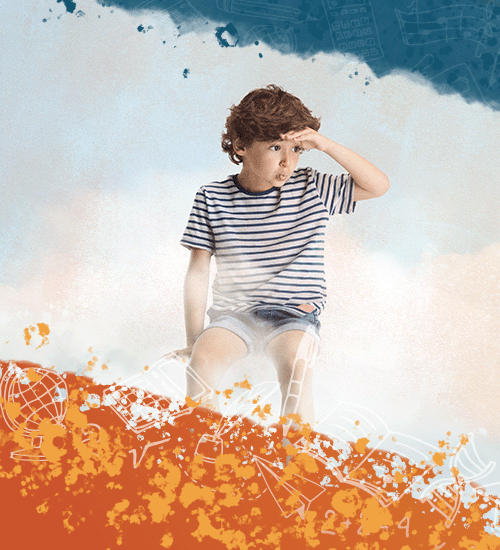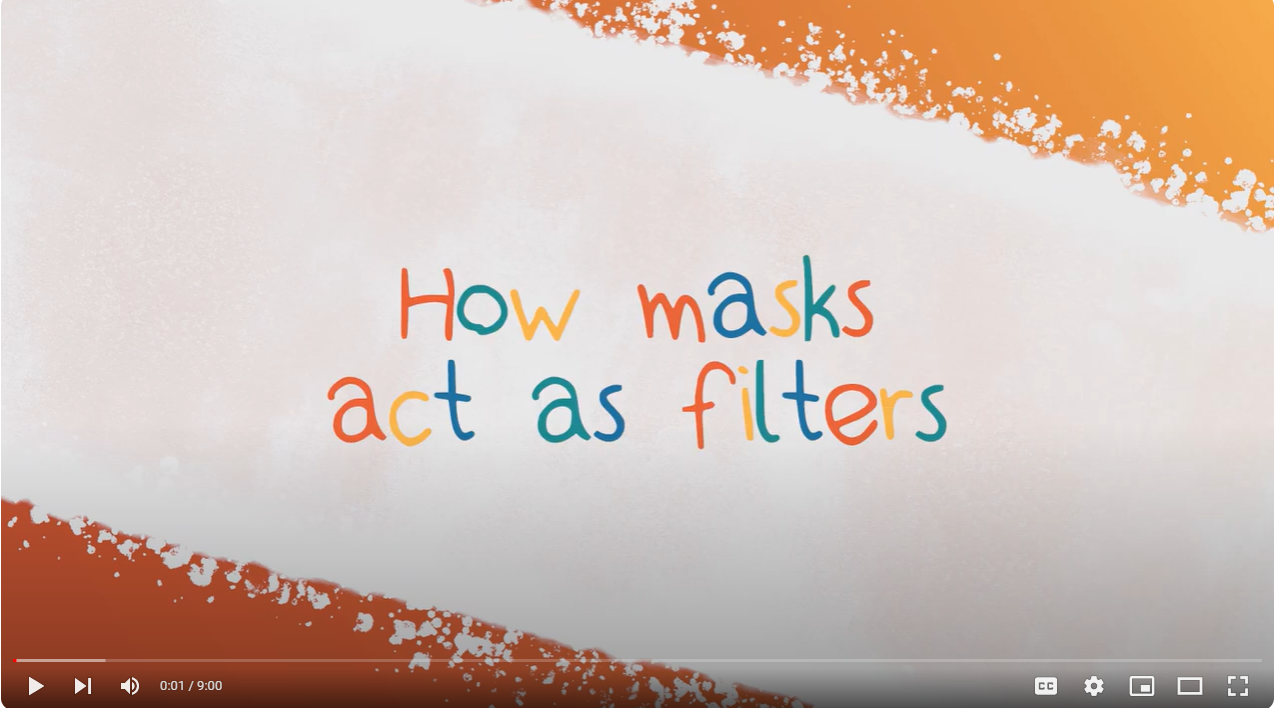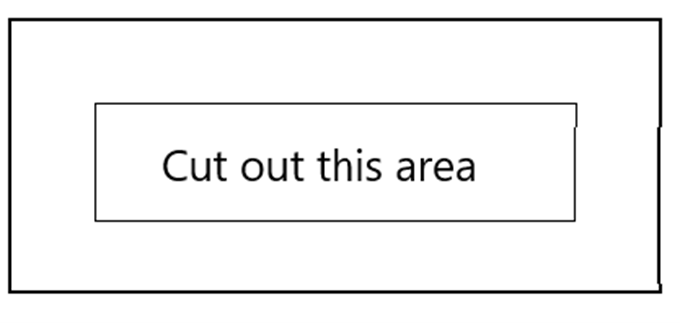

Air Quality
Air Quality: Keeping Our Air Safe to Breathe
What Is Air Quality?
Air quality describes the condition of the air we breathe. Air quality in our homes, cars, and schools can be different from the air quality outdoors. Good air quality refers to air that is clean and safe to breathe. If the air is not clean or safe to breathe, the air quality is poor. Poor air quality can affect our health and the environment.
Poor air quality is sometimes caused by nature and sometimes caused by humans. A wildfire is an example of a natural event that causes poor air quality. We humans can also cause poor air quality when we burn gasoline to drive our cars, or when we burn wood in wood stoves and fireplaces to heat our homes. When we use gas to run mowers or use spray cans, we cause poor air quality.
The quality of the air we breathe depends on four factors:
- The amount of pollution in the air. When there is more pollution in the air, it is worse for our health.
- The type of pollution in the air. Some pollutants are more harmful than others.
- How fast we add pollutants to the atmosphere. If there are more cars on the road on a warm, sunny day, there may be more smog.
- How long pollutants are trapped in an area. Sometimes the wind doesn’t blow the pollutants away. When there is no wind, the pollutants can get stuck in places like valleys or between mountain ranges.
An air quality specialist is someone who studies the human activities that can make our air unhealthy to breathe. Some air quality specialists test the air to determine how polluted or clean it might be and determine where that air pollution might be coming from. They work on solutions to clean the air, such as the filters that we will discuss in our experiment below. Some air quality specialists work with factories to make sure they are not releasing more pollution than allowed. Other air quality specialists might work on cleaning up everyday sources of air pollution such as smoke from wood stoves or exhaust from cars. In general, air quality specialists are trying to make sure that our air is healthy to breathe and as clean as we can make it.

Watch the Video
How Masks Act as Filters
Lean how filters make air quality better by watching this video by Chad Darby, an air quality specialist.
Complete the Activities
Activity: Find Filters In Your Home
There’s a good chance you can find filters in your home or school. Engines, refrigerators, air conditioning systems, coffee machines, and vents are all good places to check. How many filters can you find around you? Ask an adult if you need help finding one!
Activity: Draw a Filter
A mask that you wear is made up of several layers. The best masks use a special kind of filter material that helps stop particles you might breathe, like viruses.
Here is a picture of filter layers and what they look like up close. They look like a pile of noodles, don’t they?

The things that look like noodles are called fibers. They are layered over each other. Particles of pollution have a hard time getting through the different layers.
For this activity, draw a filter with fibers, using crayons or colored pencils to make your fibers colorful. Be sure that there are no big gaps for pollution to get through, but don’t forget to leave enough space so air can still get through.
Activity: Can a Mask Stop You from Breathing Some Pollutants?
For the last two years we have all been wearing masks, and you’ve probably wondered: do they work?
That depends on what you are trying to protect yourself from. The masks we’ve been wearing won’t protect us from harmful gases like the fumes that come from paint, but they can filter out particles from the air before we breathe them.
Masks can filter out both dust particles and virus particles.
Let’s make a simple device that captures air pollution. Then we will investigate if a mask keeps pollution from passing through.
If you want to see how to make the device before you get started, watch Experimenting with Masks by Chad Darby.
Materials
- 2 sheets of paper or cardboard about the size of a small envelope.
- Some clear and wide tape, like packing tape, but Scotch tape will work.
- 1 mask like the ones you’ve worn to help stop the spread of COVID-19.
Make Your Device
- Cut an opening in the middle of your piece of paper. It should look like this:

- Carefully cover the cut-out area with tape, making sure the sticky side of the tape does not touch anything. You might want to have someone help you so you can hold up the paper while someone else adds the tape.
- Once the entire hole is covered in tape, put it down on a table or counter with the sticky side up. This will be your pollution collector!
- Make a second pollution collector just like the first one.
Now that you have your collectors, it’s time to find a good place to collect air pollution.
Choose a Place to Collect Pollution
Where in your home do you think there might be the most pollution? Maybe in the garage, on top of the refrigerator, or on a shelf.
- Put your pollution collectors in the spot you chose.
- Make sure nothing is above them, like a shelf or cupboard, that could block the pollution.
- Place each one with the sticky side facing up.
- Be sure they won’t be disturbed by anyone, including pets.
Now you’re ready to start collecting and see what’s in the air around you!
Make a Covered Collector
- Bend a face mask into a tent shape, just like it looks when someone is wearing it.
- Carefully place the mask over one of your pollution collectors, making sure it doesn’t touch the sticky tape.
- Leave both collectors alone for about a week.
When you’re done, you should have one uncovered collector and one that’s protected by the mask.
Check Your Results
- Hold the collector that did not have a mask up to a light, like a window.
- Think about the following questions and tell someone at home what you learned.
- Do you see anything on the sticky tape? You should see lots of dust. If not, you may need to put it back for another week.
- If you do see lots of dust on the collector, what do you think you will see on your collector that has been under a mask? Take a look.
- Is the sticky tape that’s been under the mask cleaner than the sticky tape on the other collector?
- How did the mask prevent dust from sticking to the tape?

Meet an Air Quality Specialist
Chad Darby, Principal Air Quality Specialist
What Was Your Favorite Subject in School?
Math, because I love solving puzzles.
What Was Your Dream Job as a Kid?
I never had a dream job. I just knew I wanted to do something that would make the world better. I thought I would end up working on solar or wind energy, but there were not many jobs doing that when I was in school. Air quality was just becoming a big issue with lots of job choices, so that was interesting to me.
What Is Your Favorite Thing About Your Job?
I get to solve puzzles every day, like how to stop pollution from going into the air. I also work with companies that make bridges, computers, batteries, wood products, paper, and even candy.
What Did You Study in School?
I studied physics and engineering. Those are the studies of how things work and how things are designed and built.